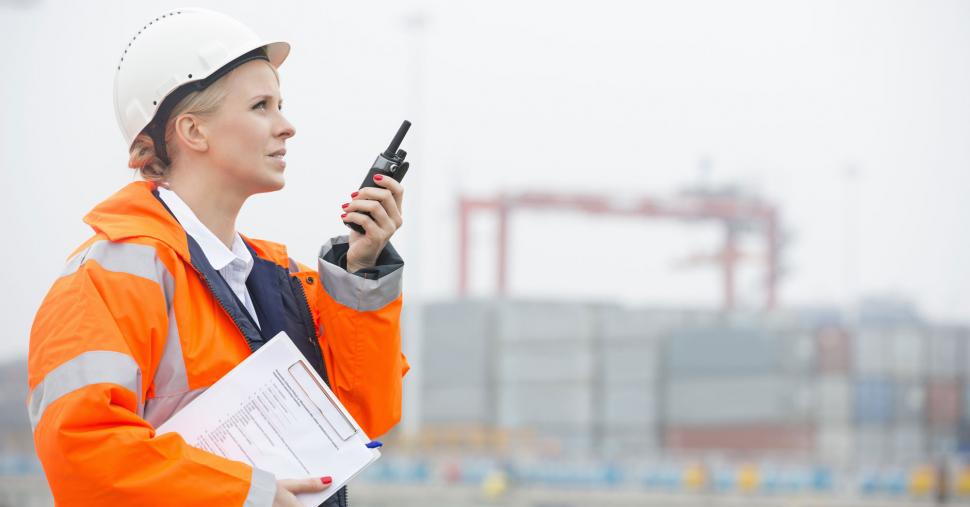Edith Clarke. Hedy Lamarr. Ada Lovelace.
Household names and incredible female engineers, each of whom helped to pave a complex and winding path in engineering history, at times against adversity. With these amazing women having secured their place in history as the foremothers (the lesser-used female equivalent of ‘forefather’) of the engineering industry, why are women still on the back foot in what is, on the surface, seemingly a progressive work sector?
It is important that anyone who heavily contributes to innovation is recognised for the work they have undertaken, regardless of gender. In the past this was tricky; women simply weren’t allowed to contribute in such a way, instead resigned to lesser roles such as note-taker or filing assistant. If a woman did break through in industry, it was often dismissed as a man’s work or, as was the case for inventor Hedy Lamarr and her wireless communication discovery, dismissed and subsequently stolen by the military, who secretly applied for the patent of Lamarr’s invention. An invention which has led directly to one of the greatest and most used technologies of our time: WiFi.
Entry into engineering has become easier for females over the past century, with women finally being ‘allowed’ to graduate in the profession and claim titles which were previously given only to men. In essence, this was helped by World War II during which women were employed in such positions due to a shortage of workforce. Despite this, and in spite of the fact that the United Kingdom has been forward-thinking in terms of opening up studying opportunities for women, the reticence lives on, particularly in the UK, which disappointingly has the lowest percentage of female engineering professionals in Europe, at 11%; with Latvia, Bulgaria and Cyprus leading with 30%.
In 2018, only 1% of UK engineering and technology undergraduates were female, compared to 30% in India[1], and the numbers of females studying physics and engineering has remained at pretty much the same level for eight years. How this can be changed is a question that everyone needs to ask. Women have been responsible for innumerable life-changing engineering feats, yet remain mostly reluctant to consider engineering as a career option.
Conversely, a survey undertaken by the Royal Academy of Engineering concluded that 98% of the 300 female engineers spoken to feel that engineering is a rewarding career path for women[2]. And although uptake is on the rise, it is increasing incredibly slowly. In 2017, 11% of the engineering workforce was female, compared to just 9% in 2015. At such a slow growth rate, it will be another 37 years before female engineers are equal in number to male engineers, a dismaying prospect considering the levels of work being put in to encourage women into STEM.
The cause could be down to more than one factor, with a very important point made by Hayaatun Sillem, CEO of the Royal Academy of Engineering, who suggested in a 2018 article[3] that the ‘embarrassing’ shortfall could be due to concerns about working in a ‘macho’ workforce, perhaps being left feeling undervalued and intimidated in the workplace, suggesting that the profession’s image is still very much conforming to stereotype and remains ‘highly gendered’.
Sillem debunks the myth that females simply aren’t interested in such professions, pointing out that in many countries, including Malaysia and Oman, the female workforce is at a desirable 50%. But does the issue start earlier than this? Taking the matter back to its very roots; is enough being done to ensure early intervention?
All students should be taught about the impact of women in STEM; their achievements discussed and the struggles they faced identified. Everyone should be offered all available opportunities, regardless of gender. Female students need to be encouraged to design and build robots, to wear a hard hat, to code, to construct, to develop a passion for innovation, and to explore engineering in a diverse and interesting way. After all, history shows that there are many incredibly good reasons as to why we need the impact of women in engineering. And you can’t argue with that.
